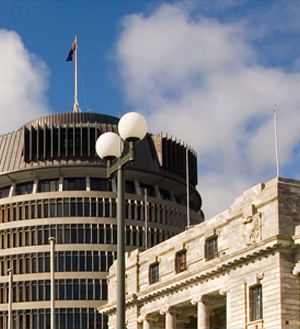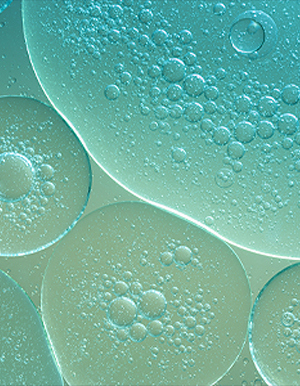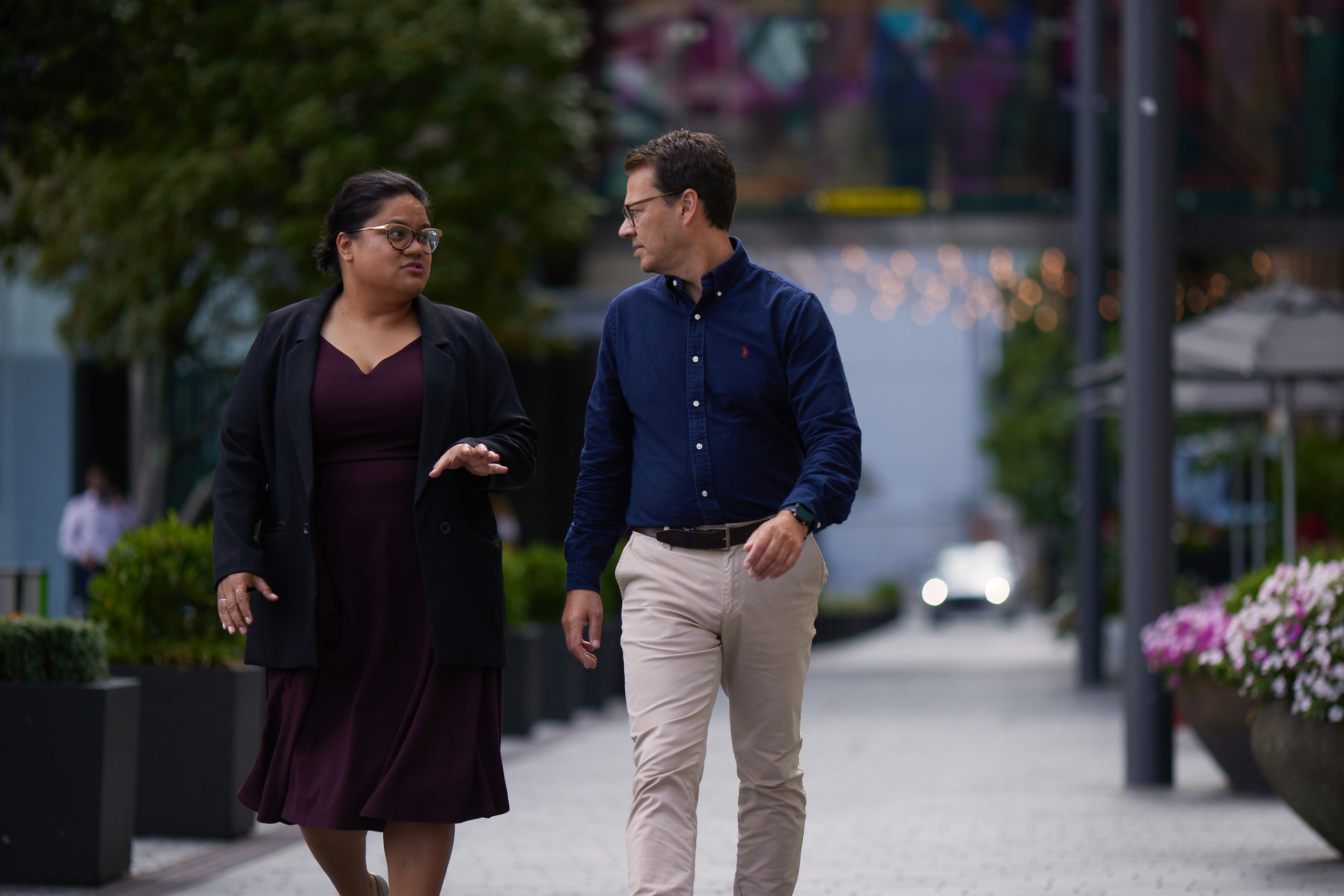At the end of 2024, the European Union banned the chemical bisphenol A (BPA) in materials that come into contact with food. BPA is used in the lining of some food and beverage packaging to protect food from contamination and extend its shelf life. The ban applies to all products that come into contact with food, including containers, metal cans and plastic bottles.
For most products there will be an 18-month phase out period, with very limited exceptions for products where no safe alternatives to BPA exist, to allow time for the industry to adapt and to avoid disruption to the food chain.
While BPA is currently unregulated in New Zealand, New Zealand food and packaging businesses that export products to Europe will need to begin phasing out products containing this compound, to comply with the ban.
WHAT IS BPA, AND WHAT IS THE RISK?
BPA is an industrial chemical that has been used in certain plastics and resins since the 1950s. Although it had been tested and declared to be safe, in 1993 scientists from Stanford University identified that when food or drink containers containing BPA were heated, trace amounts of BPA could leach into the food. This was of particular concern for products like baby bottles, in which milk was served warm or heated within the bottle.
Critics of BPA point to studies suggesting that when absorbed, BPA can interfere with the normal functions of the human body. In high doses, it can lead to infertility, early puberty, cancer, and polycystic ovary syndrome. In low doses it has been linked to cardiovascular problems, hypertension, and artery disease.
In many jurisdictions, including the EU, USA, and China, BPA is banned in baby bottles and similar products. Many New Zealand and Australian suppliers of baby bottles and other infant products voluntarily phased out the use of BPA in 2010.
In 2023, the European Food Safety Authority (EFSA) revaluated the risk to public health of the presence of BPA in food. It considered that the “tolerable daily intake” levels for BPA should be substantially reduced. The tolerable daily intake is the amount of a chemical contaminant that can be ingested daily over a consumer’s lifetime without giving rise to an appreciable health risk to the consumer. The new tolerable daily intake suggested by the EFSA was 0.2 nanograms per kilogram of body weight per day – 20,000 times lower than the previous tolerable daily intake of 4 micrograms per kilogram of body weight per day which was set in 2015.
In New Zealand, BPA is not specifically regulated, meaning that a limit of 50 micrograms per kilogram of body weight per day applies. In 2018, Food Standards Australia and New Zealand (FSANZ) declared this limit to be safe.
WHAT NEXT FOR NEW ZEALAND AND AUSTRALIA?
A 2016 survey of BPA in Australian food found that the level of dietary exposure to BPA was low and within safe limits, even using highly conservative methodologies.
FSANZ has stated that it has reservations about the EFSA’s approach to the review of BPA in foods, noting that the effect selected as the basis for the tolerable daily intake is not a typical endpoint used in toxicology studies, and its toxicological significance is uncertain. It will continue to monitor the emerging situation with respect to BPA but noted that previous surveys undertaken in Australia showed that very few foods contain detectable levels of BPA.
The European Medicines Agency (EMA) and the German Federal Institute for Risk Assessment (BfR) have also raised concerns about the approach taken by EFSA to establish the revised tolerable daily intake. The BfR proposed a tolerable daily intake of 0.2 micrograms, which is 1,000 times higher than the suggested EFSA limit.
RETHINKING PLASTICS
Food packaging in New Zealand has been going through a dramatic change over the past six years, beginning with the ban on single use plastic bags in supermarkets in 2019. It was originally planned that all single use plastics would be phased out by the end of this year (including plastic straws, cutlery, and PVC and polystyrene food and drink packaging). The 2025 deadline for single use plastics that have not already been banned, such as polystyrene food pottles and PVC biscuit trays, has now been removed, with additional policy work to come to help the Government decide on the next steps for these products.
While there are no real signs of BPA that further regulation in New Zealand is imminent, the changes in Europe signal that consumers and experts are increasingly thinking about the impact food packaging can have on consumers and the environment. In New Zealand, Chupa Chups has introduced a pilot initiative to replace plastic sticks with paper sticks in their classic lollipops. This has seen a reduction of approximately 60% in plastic weight in the lollipop packaging. Food and packaging producers need to ensure they are aware of changing trends and scientific thinking and consider options where products or compounds are phased out.
THE EU'S NEW PACKAGING AND PACKING WASTE REGULATION - THE PPWR
Enactment of the EU’s new Packaging and Packing Waste Regulation (PPWR) will also have a direct impact on all global economic operators placing products in the European market. The PPWR came into force on 11 February, 2025 and introduces changes in staggered stages. The first measures are applicable from 2026. Some of these changes include
· Restricting substances of concern - particularly per- and polyfluorinated alkyl substances (PFAS).
· Restricting single-use packaging.
· Making recyclable packaging mandatory.
· Requiring minimum percentages of recycled content.
· Requiring minimisation of packaging.
MINIMISING SUBSTANCES OF CONCERN - PFAS
Subject to other restrictions, the sum of the concentrations of lead, cadmium, mercury and hexavalent chromium resulting from substances present in packaging and packaging components cannot exceed 100 mg/kg.
From 12 August 2026, food-contact packaging containing PFAS will also be banned in certain limit values.
From 12 August 2026, food-contact packaging containing PFAS will be banned in the following limit values, equal to or above:
· 25 parts-per-billion (ppb) (measured with targeted PFAS analysis);
· 250 ppb (for the sum of PFAS measured as the sum of targeted PFAS analysis where applicable with prior degradation of precursors); and
· 50 parts-per-million (ppm) (if total fluorine exceeds 50 mg/kg).
MINIMUM RECYCLED CONTENT IN PLASTIC PACKAGING
The PPWR requires all packaging placed on the European market to be recyclable. All packaging will be categorised into ‘grades’, with incrementally increasing grades of recyclability.
The PPWR has also set minimum standards for the percentage of recycled content in plastic packaging to be achieved by 2030. Subject to some exceptions, this requires a minimum percentage of recyclable content to be:
· 30% for contact-sensitive packaging made from polyethylene terephthalate (PET) as the major component, excluding single-use plastic beverage bottles;
· 10% for contact-sensitive packaging made from plastic materials other than PET (excluding single-use plastic beverage bottles);
· 30% for single-use plastic beverage bottles; and
· 35% for plastic packaging other than the above.
These minimum percentages are to be further increased by 2040.
MINIMISING PACKAGING
The PPWR requires that, by 1 January 2030, all packaging placed in the European market is designed with weight and volume reduced to the minimum levels necessary to ensure functionality.
Packaging designed to make products look bigger (such as the inclusion of double walls, false bottoms and unnecessary layers) will not be permitted. This excludes packaging designs that are being protected (such as by trademarks or design rights) if the packaging design would alter its novelty, individual character and distinguishability.
RESTRICTING PACKAGING FORMATS
From 2030, certain packaging formats and single-use plastics will also be banned. This includes single use plastic packaging for:
· Grouped packaging, such as collation films and shrink wraps.
· Unprocessed fresh fruit and vegetables, such as nets, bags, trays and containers.
· Consumption of foods and beverages within the hotel, restaurants and catering (HORECA) sector such as disposable plates and cups.
· Single portions for items such as condiments and sauces.
· Single use accommodation sector packaging such as shampoo and lotion bottles, and sachets around bar soaps.
· Lightweight plastic carrier bags.
GREENWISHING
In the context of packaging, ‘greenwishing’ refers to the desire by consumers to do the environmentally friendly ‘right thing’ by making purchasing decisions on the basis of an optimistic desire to engage in the recycling process, where no express recyclable claim is made by the relevant packaging. Consumers sometimes derive overly optimistic perceptions as to the recyclability of product packaging and then interpret certain packaging to imply or indicate recyclability. This engagement in greenwishing results in unrecyclable materials being caught in the recycling chain, creating a negative impact.
For global economic operators placing products on the European market, the slow rollout of the requirements to enhance packaging recyclability will help to combat greenwishing. For products in the European market, the PPWR requires that any ‘green claims’ made on packaging can’t be made unless they exceed the PPWR’s minimum requirements.
Any local producers and manufacturers that export to Europe will need to have a plan in place to ensure they comply with the BPA ban and other requirements under the PPWR as they are phased in.
If you have any questions about the changes raised in this article, please get in touch with the contacts listed or your usual Bell Gully adviser.
Disclaimer: This publication is necessarily brief and general in nature. You should seek professional advice before taking any action in relation to the matters dealt with in this publication.











